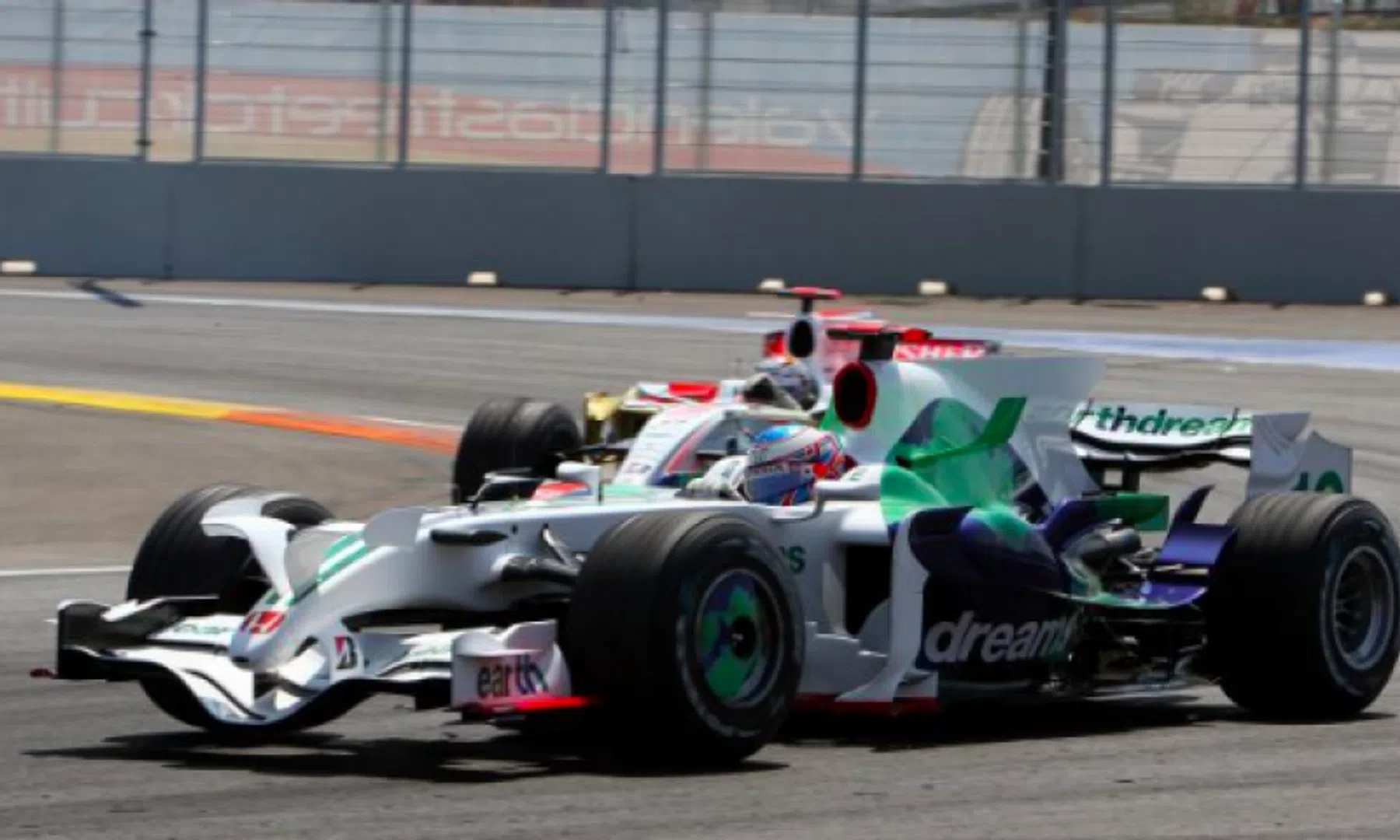Why Honda is better as an engine supplier than as a Formula 1 team
F1 News

In this series, we dive into the history of Formula 1 at GPblog. Which teams competed in Formula 1 in the past and some we have perhaps forgotten about? For example, we already had Toyota, BMW and Lola, and in this article, we look at the history of Honda as a team in Formula 1.
As an engine supplier, Honda won numerous Formula 1 prizes. The Japanese manufacturer has been known, in recent years, as a 'GP2 engine' supplier at McLaren but the team have significantly improved over the last 18 months. As an engine supplier, Honda won six constructor titles and five driver titles, thanks to excellent collaborations with Williams and McLaren in the past.
In this article, however, we do not look at the past as an engine supplier, but as a Formula 1 team on the grid. Honda was on the F1 grid for two periods as its own team but never managed to turn that into a success. With the current results of Honda at Red Bull, the rumours quickly reappear that Honda may want to start its own team, but the past really teaches us some wise lessons.
The start of Honda
Honda makes its debut in Formula 1 in 1964. The Japanese manufacturer has just started building streetcars and decides to test its skills in the highest class of motorsport. In 1964 the team doesn't make an immediate impression. With Ronnie Bucknum behind the wheel, the team is stuck at zero points.
In 1965 things are going a lot better. Bucknum scores two points and Richie Ginther even wins in the last race in Mexico. In 1966, the team takes a step backwards as they only participated in the last three races. In 1967 the team returns full-time to the grid under the name Honda Racing.
John Surtees finishes, just like Honda among the teams, fourth in the rankings after one-third place and also one victory. The next step must be made in 1968, but it does not follow. Surtees is eighth in the championship and is on the podium twice (second and third). The story of Honda in F1 goes out like a night candle. The manufacturer wants to focus on the American market to sell more cars there.
Jos Verstappen's project
In 1998 Honda seems to be seriously considering a return to Formula 1. It has had good years as a manufacturer since entering F1 and wants to be back on the grid itself. With Harvey Postlethwaite, a world-class technical director is recruited and Kyle Petryshen is taken away from HRC to help with the design.
A test car is launched in 1999, with Jos Verstappen behind the wheel. The RA099 impresses. With a small budget, the team seems to have built a great car, but Honda will not continue the project. Postlethwaite technical director dies after a heart attack, after which the project is put aside. Honda does return in F1 in 2000 as an engine supplier at BAR, but without Verstappen behind the wheel.
Then another return
Honda has been working with BAR for years on a great project by Craig Pollock. This is set up in 1999 and from 2000 equipped with a factory engine from Honda. With Jacques Villeneuve, the team attracts a world champion and everything seems to be in place to achieve great success. The team experienced a high point in 2004, with a second-place among the constructors and many podium places.
At the end of 2005, BAR pulls the plug out of the project and gives Honda a huge opportunity. The Japanese buy the team and seem to have a bargain in 2006. With a victory from Jenson Button in Hungary, Honda is performing the deemed impossible.
The 2006 car appears to be a good BAR design, but cannot be turned into a good follow-up. In 2007 and 2008 Barrichello and Button are not even on stage anymore and Honda pulls the plug from the project.
This article originally appeard on GPBlog.com/nl - by Tim Kraaij